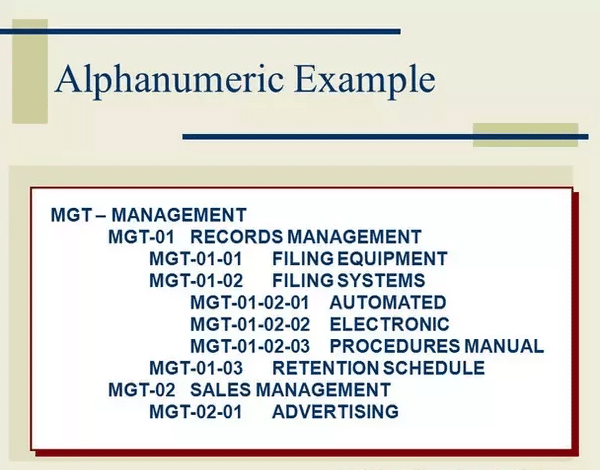

For example, an issue only resolved on the Windows platform in a Weekly Hot Fix may be resolved later on UNIX platforms such as IBM AIX and Sun Solaris in future Monthly Hot Fixes or Service Packs for these platforms. Issues addressed on one operating system platform at the Weekly Hot Fix level may be addressed later on multiple operating system platforms (if applicable) at the Monthly Hot Fix and Service Packs level.

Monthly Hot Fixes readmes and Service Pack readmes are available in the Downloads area of our web site. To determine if this issue is also addressed in a Monthly Hot Fix or Service Pack for your product, search the readme file for the Track ID number (that is, ADAPTXXXXXXXX) in the latest Monthly Hot Fix or Service Pack. Use lowercase letters (a-z) Use uppercase letters (A-Z) Use numeric digits (0-9) Use symbols.
#NUMERIC CHARACTERS UPDATE#
The latest update for this issue is available in the Downloads area of our web site. To determine if you are using an OEM version, refer to the OEM PRoduct Warning. Do not apply these updates if you are using an OEM version. Hot Fixes and Service Packs are not designed for OEM versions. Unless indicated otherwise, Critical Hot Fix updates from the FTP site have only been tested with English versions of our products. Hot Fixes or Service Packs address this issue as indicated below.
#NUMERIC CHARACTERS HOW TO#
** Above mentioned procedure is not aplicable for MacOS.įor more information on how to use symbols, emojis please check our How to use Alt-Codes? page.This known issue has been assigned ADAPT00692674, and affects the following:
#NUMERIC CHARACTERS CODE#
type the Alt Code value of the degree symbol 0 1 7 6 on the numeric pad,.To use them, Numpad should be activated by pressing down the Fn key.įor example, let's type a degree symbol by using its Alt Code value on the keyboard. The numeric keypad does not exist on every laptop.To type a character using its Alt Code value, Num lock should be on.Characters produced may vary depending on the OEM Code Page setting.Compatibility issues with old ANSI codes prevent the entry of all Unicode characters. After adopting Windows to Unicode, the entry of all Unicode characters by the same method was desired, and achieved by some applications, but couldn't be spread to all system. Codes with a preceding 0 represent the new ANSI codes.įor the last two decades, Unicode is being adopted by many systems. Three-digit codes represent the OEM codes. The new set was named ANSI(later changed to Windows codes), and the old ones called as OEM(original equipment manufacturer) code pages. These codes became so popular so that Microsoft, even though developed a new set of codes, decided to keep them. The system which interprets this action and places the corresponding character at the cursor's location is BIOS. IBM developed a method to place the characters that can not be typed by a keyboard on the screen: while keeping the Alt key down, typing the code defined for the character via the numeric keypad.


 0 kommentar(er)
0 kommentar(er)
